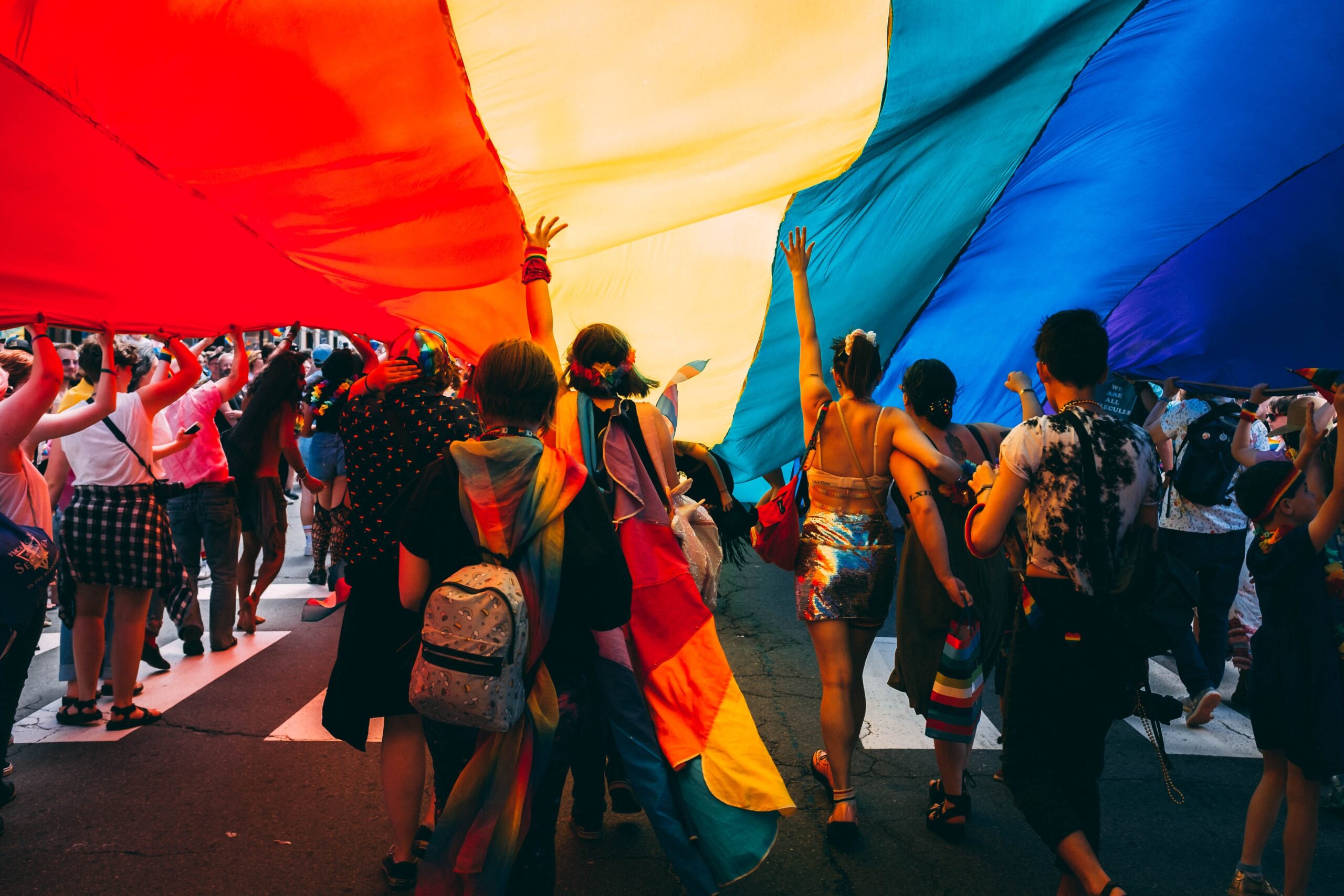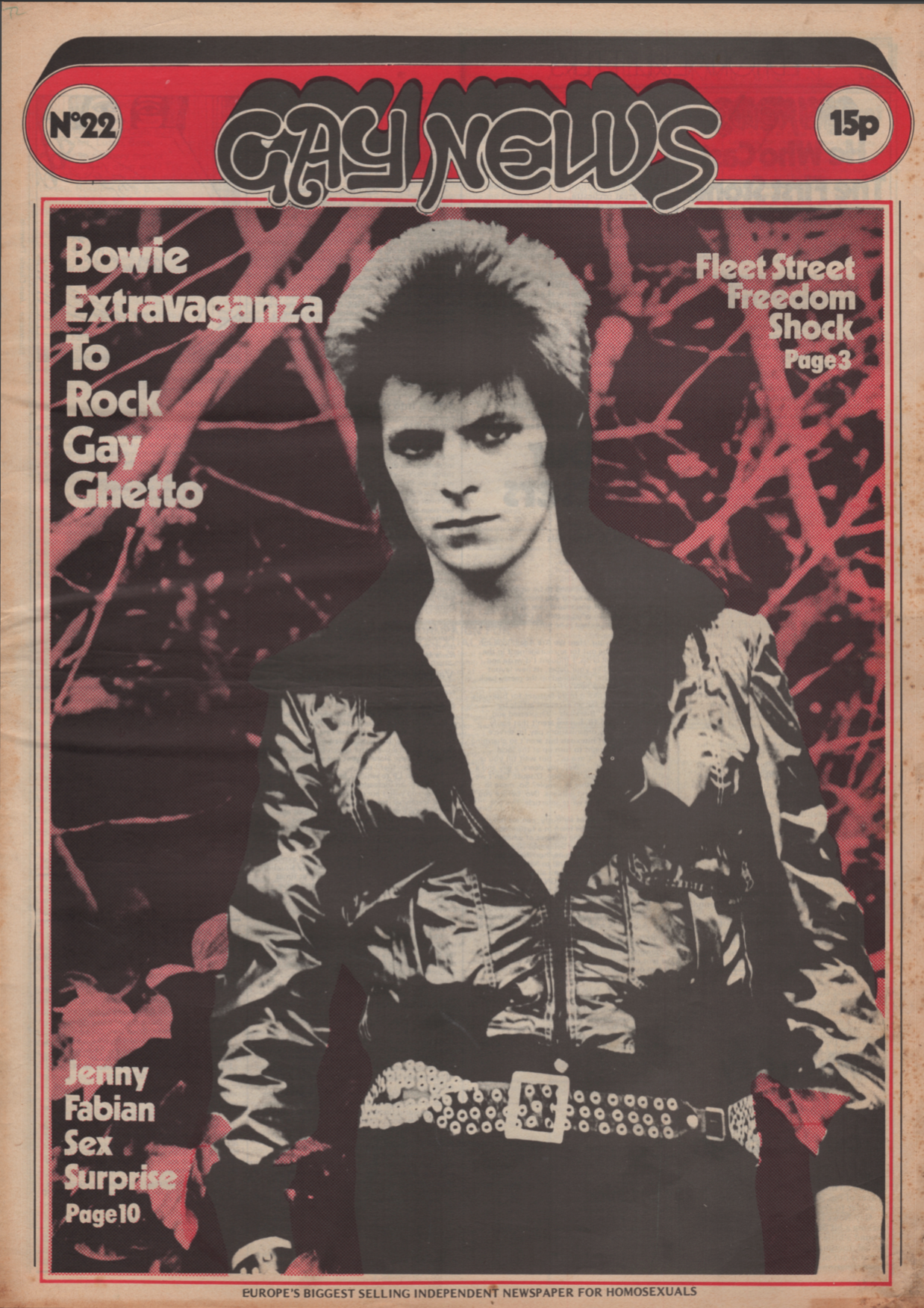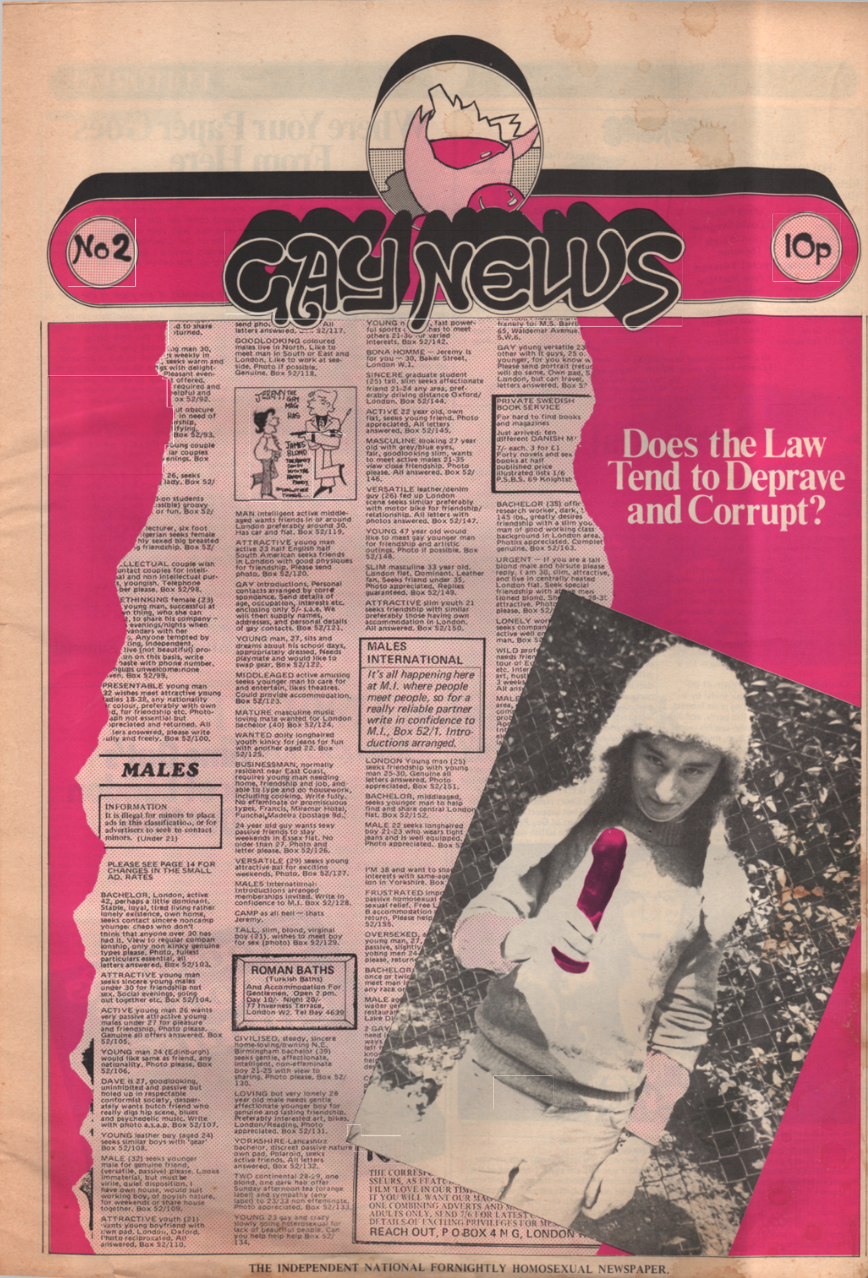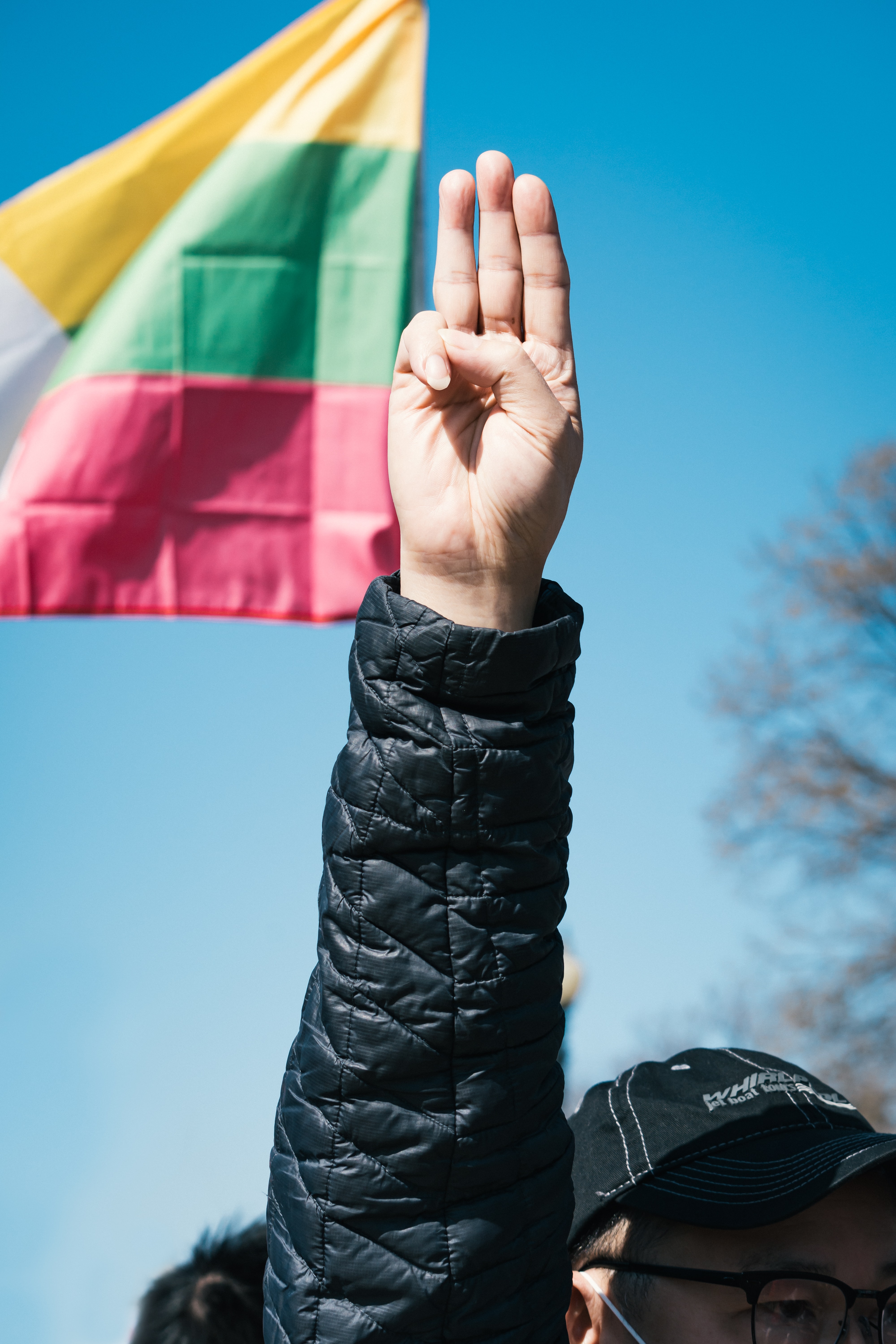
Image: Unsplash
Simone Fraser speaks to LGBTQI+ journalists about the importance of Gay News.
“It’s hard to imagine the diverse, thriving LGBTQI+ landscape we live in today without publications like Gay News.”
These words were spoken by Carrie Lyell, editor-in-chief of DIVA magazine, about the British gay rights newspaper which ran between 1972 and 1983. Filled with wit, satire, and biting critiques of heteronormativity, the paper constantly pushed boundaries in a time when gay love faced huge barriers.
With the 50th anniversary of the iconic publication fast approaching in June, XCityPlus spoke to pioneering LGBTQI+ journalists about the legacy of Gay News and what it means to them.
“It allowed journalists like me space to carve a niche, instead of having our stories watered down or erased in mainstream media”
“Gay News helped to further queer liberation and create an environment which placed LGBTQI stories front and centre,” says Lyell. “It allowed journalists like me space to carve a niche, instead of having our stories watered down or erased in mainstream media.”
Hugo Greenhalgh, editor of Openly, the Thomson Reuters Foundation’s LGBTQI+ news site, echoes Lyell’s views. He says Gay News was “pioneering, ground-breaking, and earth-shatteringly important.”
Greenhalgh, 47, who identifies as gay, first heard of the publication as a teenager, and “was desperate to know more about it”. Greenhalgh notes the “huge impact” the paper has had on his work, and LGBTQI+ journalism more widely.

“It was one of the forerunners that informed the work of the LGBT+ newspapers that I knew when I was growing up, particularly The Pink Paper, which I used to write for, and Capital Gay. Harnessing the power of the media to get the message across to the wider public was an incredibly important lesson learned early on by the LGBT+ movement. And it has worked extremely well.”
Although gay sex was legal from 1967, there were still a myriad of other legal and institutional barriers for Gay News and the community it represented. For example, having gay personal advertisements where single LGBQTI+ people could look for partners was illegal, prompting the paper to caption the section ‘Love Knoweth No Laws’.
Tongue-in-cheek sections like ‘heterosexual of the week’ brought an element of humour, while other features discussed more serious human rights topics like ‘queer-bashing’ and coverage of the legal issues the paper faced. It provided a candid and much-needed exploration of LGBTQI+ life – both the joys and challenges.
While Gay News was groundbreaking, underground LGBTQI+ representation in publications had been around for centuries. The Link, established in 1915 and designed to help single people mingle gave gay men and lesbians a chance to meet, using coded language like ‘musical’ or ‘unconventional’.
“Gay News lost the blasphemy case, but it won a 1974 obscenity trial. The ‘obscenity’ in question was a photo published on its cover of two men kissing”
However, Gay News was one of the first to break into a more ‘mainstream’ category. This was largely because gay sex had finally been legalised five years before it was founded, after which the LGBTQI+ community in the UK was finally able to express sentiments about same-sex love without fear of prosecution.
At its peak in the early 1980s, Gay News circulated nearly 20,000 copies per issue. In comparison, as of 2017, popular British LGBTQI+ magazine Gay Times had a print circulation of 65,000.
In the era of Gay News, LGBTQI+ media faced significant barriers. Perhaps the biggest challenge that Gay News faced came in 1976 when it was sued for blasphemy by Mary Whitehouse after publishing the controversial poem “The Love That Dares to Speak its Name” by James Kirkup. Whitehouse was an evangelical Christian and conservative who campaigned against ‘socially permissive’ issues like LGBTQI+ rights, feminism, and sexual liberation.
In the poem, Jesus is imagined as a gay man and it describes him engaging in sexual acts with disciples, Roman centurions, and Pontius Pilate. Although it was the last successful blasphemy case in the UK, Gay News and its editor Denis Lemon were found guilty, costing the paper almost £10,000 – the equivalent of around £65,000 today. Lemon was personally fined £1,000 and given a nine month suspended prison sentence.

While the LGBTQI+ community and its supporters fundraised to provide the fees needed, the case sent a clear message: Although LGBTQI+ love may be legally tolerated, it was only acceptable within certain parameters.
Gay News lost the blasphemy case, but it won a 1974 obscenity trial. The ‘obscenity’ in question was a photo published on its cover of two men kissing. This gave clear legal precedent that LGBTQI+ affection was permissible on the cover of magazines. Although the first gay kiss on screen was not until 1989, the magazine paved the way for LGBTQI+ affection in media.
Although Gay News ceased printing 37 years ago, the impact it had continues to inspire younger LGBTQI+ journalists today who weren’t alive during the period Gay News was printing.
Em Flint, who identifies as queer and non-binary, is a freelance journalist with bylines in Metro, DIVA, Inverse, and Mercury magazine. They agree: “Gay News was revolutionary, dedicated, and needed. In a time where openness about LGBTQIA+ was severely lacking, this publication pushed on and made queer news its priority. It helped amplify voices normally ignored. It wasn’t perfect, but it helped make queer news more accessible, more mainstream.
“I feel that more about our history should be better known; a lot of us only know immediate history. I think it’s important we look further back to publications like Gay News, especially if we’re to address problems that hound the LGBTQIA community still.”
These thoughts are echoed by Rae Badham, who identifies as pansexual. Badham has written for DIVA and currently writes international news, features, and a monthly column for Scene, Brighton’s premier LGBTQI+ magazine.
“Gay News was a catalyst for change, and this reminds me of the power journalism has to further equality, which motivates me to continue writing every day”
“Gay News was empowering, but not overly sensational – it informed accurately, which was rarely done in news relating to queer topics, and challenged myths surrounding the LGBTQ+ community, all while campaigning for equal rights.”
Although Gay News ceased printing in 1983, its journalists went on to become some of the most popular figures in British LGBTQI+ journalism. Michael Mason, news editor of the paper for most of its life, and colleague Graham McKerrow founded revolutionary LGBTQI+ newspaper Capital Gay in 1981. Former literary editor of Gay News Alison Hennegan is currently a fellow of Trinity Hall, Cambridge University, as well as being a prominent LGBTQI+ rights campaigner and journalist. Gay News may have ended in 1983, but its influence continues.
Badham concludes: “Gay News was a catalyst for change, and this reminds me of the power journalism has to further equality, which motivates me to continue writing every day.
“While we must progress forward, it’s paramount to honour those who walked before us; Gay News deserves to be remembered by our community.”















